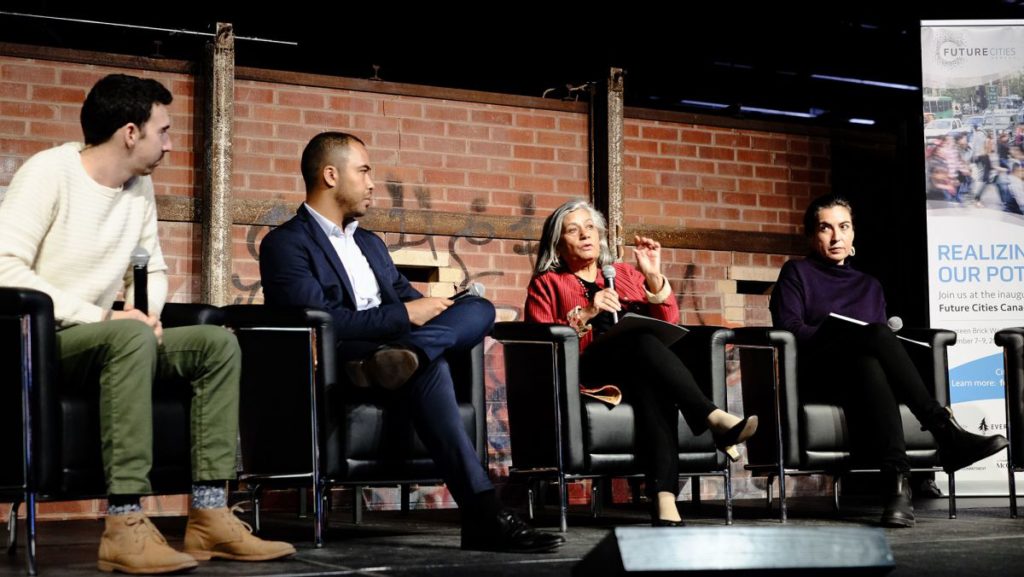WATCH: Cities across Canada are diverse, but are they inclusive?
 The Canadian government welcomes nearly 300,000 immigrants every year, and most of them settle in cities. We’re a country of urban dwellers, and we’re a country of immigrants. Over 80 per cent of the Canadian population lives in cities, and according to the 2016 Census, one-fifth of Canada’s total population was foreign-born. That trend will only increase in the years to come. According to population projections nearly one-third of our population will be foreign-born by 2036.
The Canadian government welcomes nearly 300,000 immigrants every year, and most of them settle in cities. We’re a country of urban dwellers, and we’re a country of immigrants. Over 80 per cent of the Canadian population lives in cities, and according to the 2016 Census, one-fifth of Canada’s total population was foreign-born. That trend will only increase in the years to come. According to population projections nearly one-third of our population will be foreign-born by 2036.
Newcomers tend to settle in our country’s three largest metropolitan areas — Toronto, Montréal, and Vancouver. This is where they can find economic opportunities and established communities from their home country. But we’re also starting to see newcomers settle in urban areas across the country. Over the past 15 years, the share of newcomers in the Prairies has doubled, with the majority landing in cities like Regina, Winnipeg, Calgary, Saskatoon and Edmonton. Our Atlantic provinces are seeing similar increases.
Last week at the Future Cities Canada Summit, The Honourable Ratna Omidvar, Senator for Ontario closed out the three days by reminding us that diversity and inclusion are not the same thing. (See her talk at 1:29 in the live stream below). Some of the most diverse places in the world can be deliberately exclusive. Diversity is merely a representation of our demographic situation. Inclusion means you’re being intentional, you have a plan, a set of actions, and a means to measure success.
Senator Omidvar’s final comments tied in well with how Desmond Cole kicked off the Summit — by pointing out that Toronto is a divided city. Citing David Hulachanski’s research, he focused on inequality to demonstrate how Toronto is a segregated city. Behind him was a single slide, a map that depicted Toronto’s Black population predominantly living in areas outside the city core like northwestern Etobicoke and Scarborough.
Read the full article on Evergreen’s website.